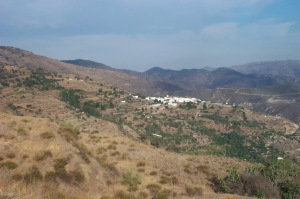
Mediterranean mountainside in winter
One of the tenets of Permaculture design is to mimic nature. Nature creates complex communities of life, in a dynamic and responsive relationship. Despite development, biodiversity loss and desertification it is important to try and ascertain how nature would have created her community of life in any dryland environment before making any design decisions. There is enough research and anecdotal information available to provide a basic portrait of any area in which we may be designing.
Although, every Permaculture designer knows this basic tenet, it is amazing how many of us make the assumption that what works in a tropical region in one country will work in a dryland area in another. With great goodheartedness and enthusiasm, we uplift practices which mimic nature in quite a different environment and apply it, without modification, to another ecosystem. We make assumptions that mulching and composting are universal ‘good things’ and import these practices to regions all over the world without ever asking “What natural system are these from?” and “Has the area in which I am implementing my design evolved in the same way?”.
Nature has an infinite collection of location-specific community designs.
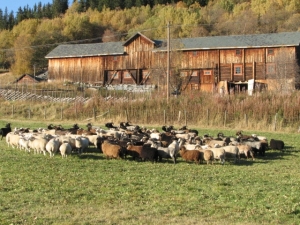
Norwegian sheep farm in autumn
They are dynamic and continually responding to change. These communities have evolved with certain resonances which are unique to them. When we apply a natural practice from an entirely different community, without knowing how and why it evolved that way, and the impact it is likely to have on its new host community, we are liable to create an ill-judged design.
A simple example is the instance of a Mediterranean farm which applied the practice of mulching trees to all those within a flood irrigated area. One year, the farm was burnt out by a bushfire. Those trees that were not irrigated and mulched, were burnt, but survived and resprouted the following year. The mulch around those trees in the irrigated area, however, was dry and provided additional fuel for the fire. It increased the temperature of the fire around the trees, and kept it there longer, with the result that all the trees were killed.
Mulching is something that nature does in temperate and tropical environments, where the consistency of year-round moisture is such, that dead plant material on the soil surface breaks down quickly. From there, it is taken below the soil surface by other organisms to provide nutrients for soil microbes and plants and to build a healthy soil structure.
In parts of the world that have low, inconsistent year-round moisture with a period of drought during the growing season, it is a different story. Dead, dry plant material that accumulates on the soil surface does not break down in the same way, and if left unmanaged will suffocate the potential for new growth, resulting in loss of biodiversity and movement towards desertification. How did a dryland natural community evolve? What can we learn from such a system? How does that impact on Dryland Permaculture design strategy?
The answer to these questions is given in the residential Dryland Permaculture design seminar, the first of its kind to introduce students to tools such as the Savory Brittleness Scale and specific insights into how dryland environments evolved naturally. The next seminar is scheduled for 17th -24th April 2009.
Aspen signing off and ,hoping to see you there.
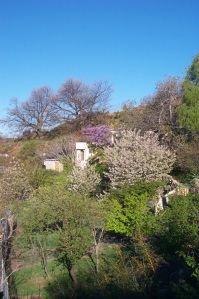
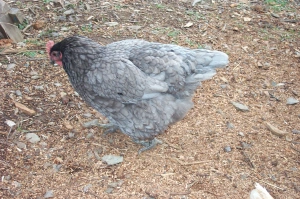
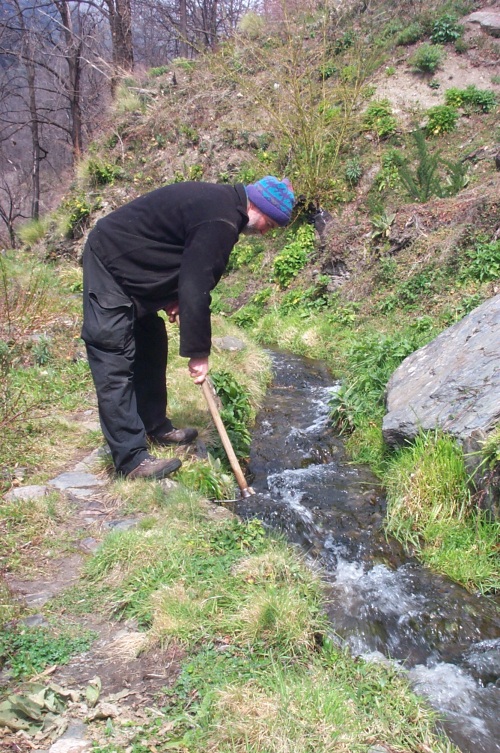
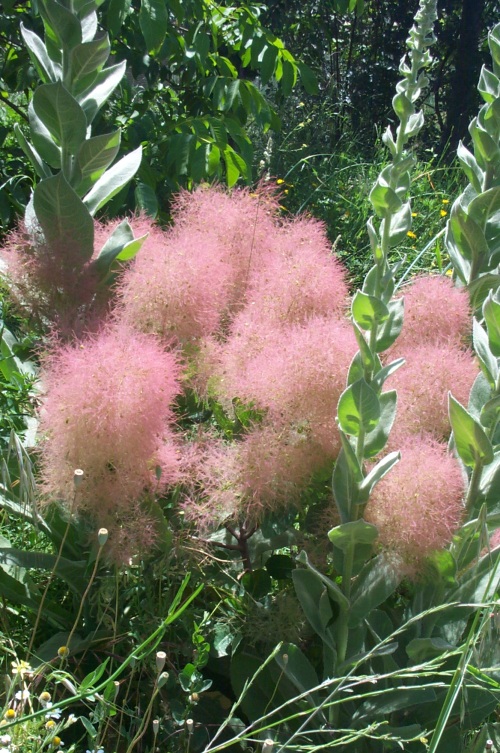
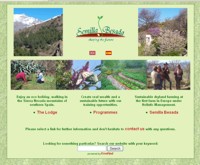
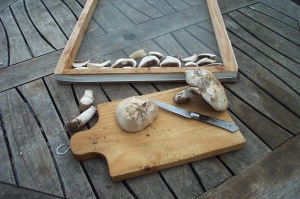

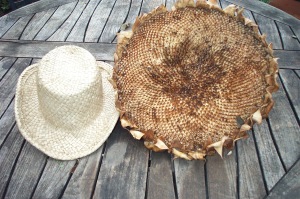
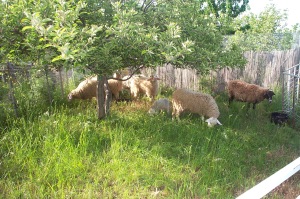
You must be logged in to post a comment.